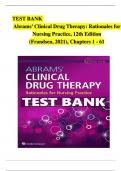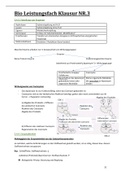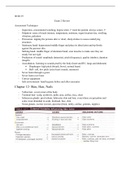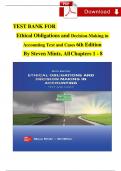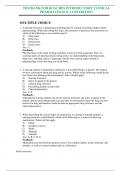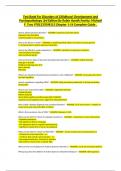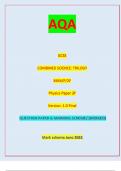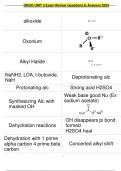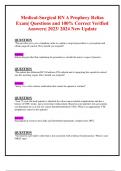Exam (elaborations)
Test Bank For Abrams’ Clinical Drug Therapy Rationales for Nursing Practice 12th Edition Geralyn Frandsen, Complete Chapters 1 - 16, Updated Newest Version
TEST BANK For Abrams’ Clinical Drug Therapy Rationales for Nursing Practice 12th Edition Geralyn Frandsen, Verified Chapters 1 - 16, Complete Newest Version TEST BANK For Abrams’ Clinical Drug Therapy Rationales for Nursing Practice 12th Edition pdf TEST BANK For Abrams’ Clinical Drug Therapy...
[Show more]
